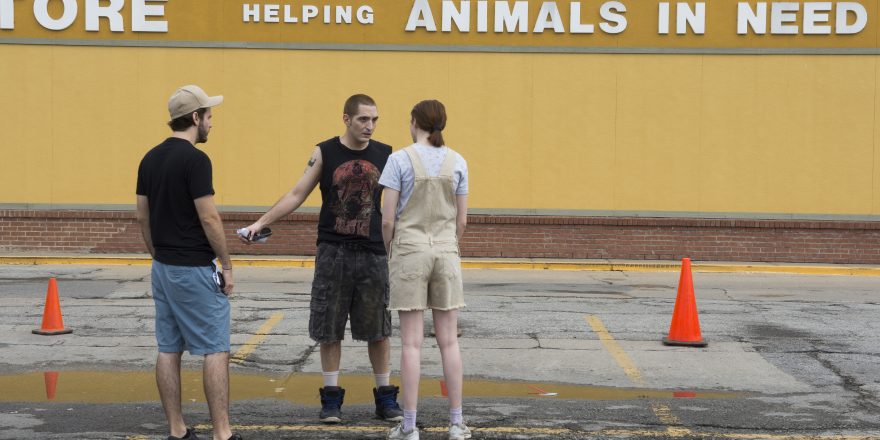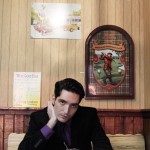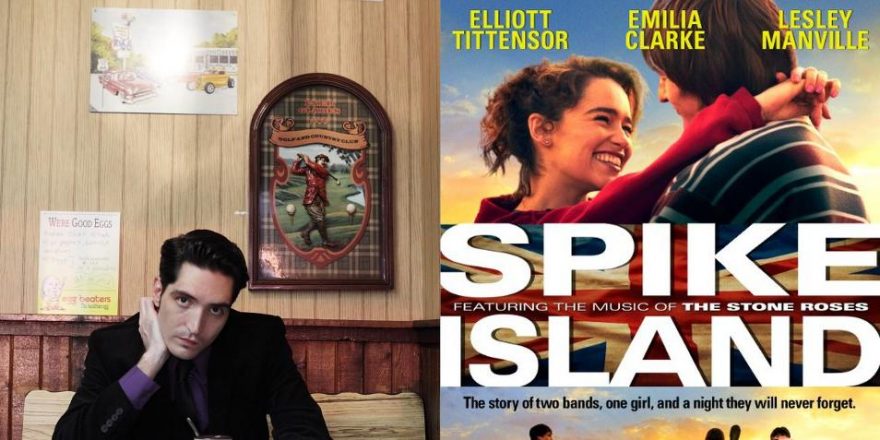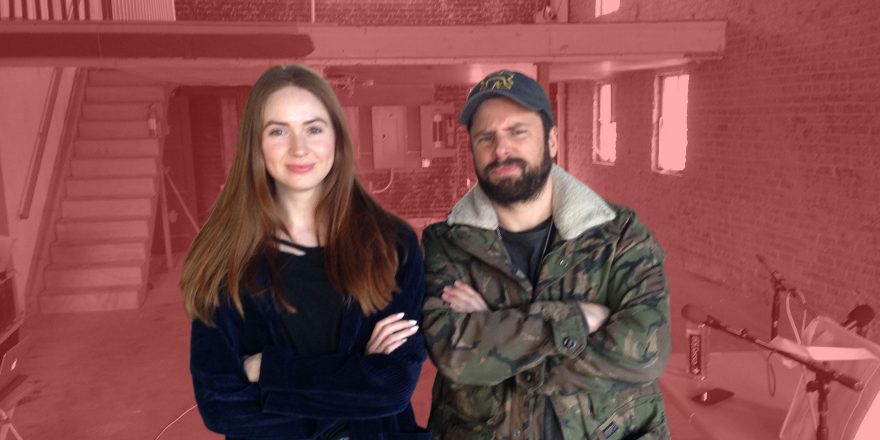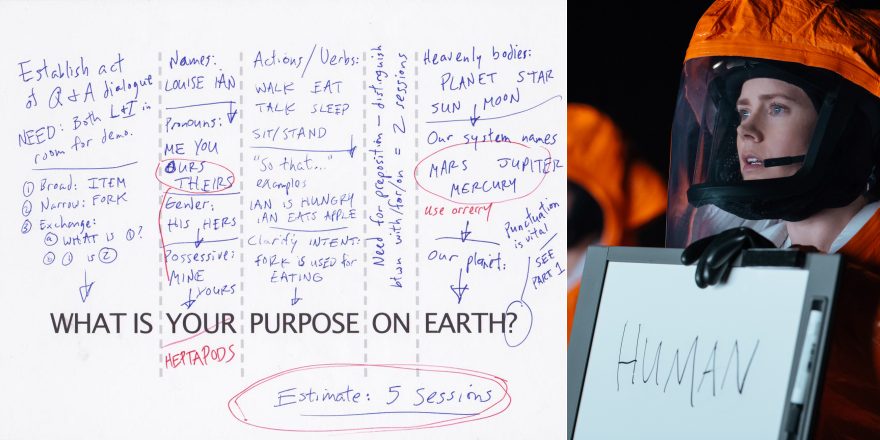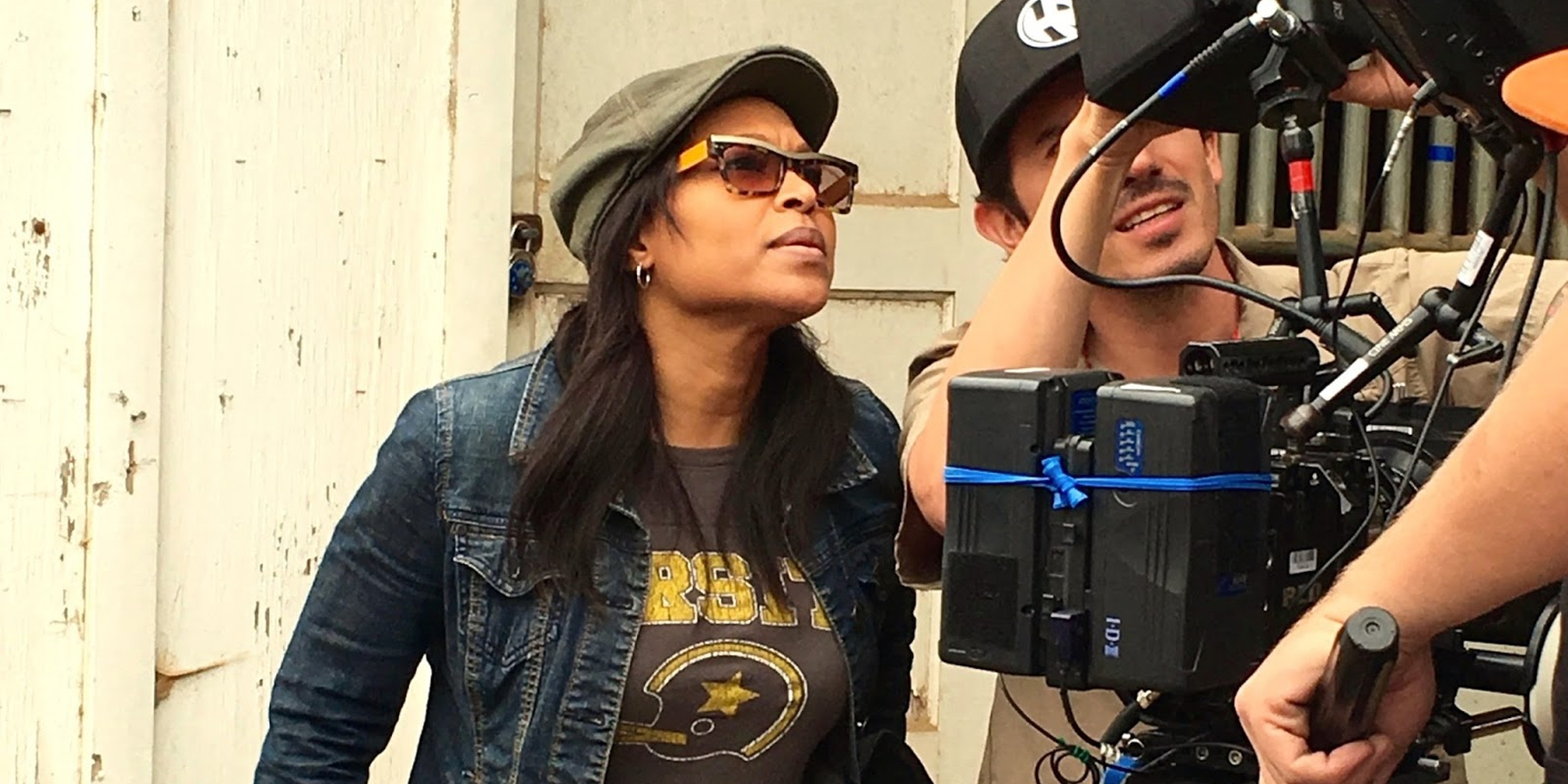Why am I telling stories? Damn. It’s a tougher question than I would think. And what do I hope to get out of it? Validation? Some kind of healing? Do I shed a little of the colossal weight every time I get a few more words committed to paper or Final Draft?
“Write what you know” is the best advice I’ve ever been given, right up there next to “write every day.” I have been tracking an odd relationship with my own personal psychology and history over the past few decades as I continue to explore the relationship between my personal life and my love for storytelling. As an actor, I began with an approach of full-baggage inclusion. If there was a scene that required an emotional reaction of strong, powerful loss, I would focus on conjuring and “re-experiencing” the feelings that I had when a friend of mine died unexpectedly in junior high school or the depression I felt over the loss of a beloved pet. I certainly conjured something through that practice, but thanks to a rigorous and far-reaching theater training (both in school and on the boards in Chicago storefronts), I soon recognized that this process led to performances that were both inconsistent and just, well, not very interesting. I have reached a place where my “emotional experience” in a scene is of little concern, while convincing an audience of that scene’s emotional authenticity (regardless how inauthentic the creation of of it may be) is all that matters.
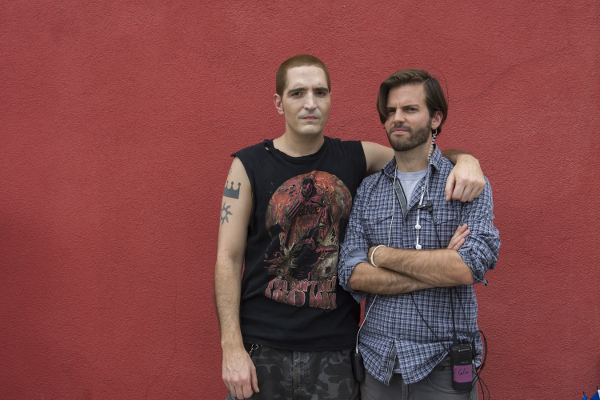
This process is way more productive, efficient and successful for me and hopefully my efficacy aids the collaborators who are not in front of the camera. It’s what works for me. I work with and respect actors who want to be slapped in the face during a slap scene, or maybe need 15 minutes to get into the emotional space they’re trying to mirror from some event in their past … I just politely inform them that they should refrain from slapping my face at all costs and that I hope we can keep on schedule so everyone can go home on time. I am working towards a place where I can hopefully program every facial, vocal, physical movement and sound with such precision as necessitated by both the script, the director’s vision and my scene partner’s impulses that I can convey something an audience believes is really happening. I may be thinking about keeping my head tilted at the right angle – so the cinematographer can get exactly what she needs – instead of the day my cat passed away. If we get the best scene possible, then that’s what matters.
My approach to writing, though, has been an entirely different story. Everything I’ve ever written has come from one of two places; either 1) a burning question about life that I can’t seem to solve, or 2) a plot that just grows out of my imagination and slowly builds upon itself until I envision a full story. I think it’s worth noting here that the only two films I’ve been able to get produced fell firmly into both categories. Animals (2015) grew out of a question about that terrifyingly unclear moment in love when you have to ask yourself, “Do I keep fighting for this relationship and pray we make it out of here alive, or do I get into my life boat and float off in hopes of survival?” I also had a very specific idea for the plot of Animals that was as cyclic and patterned as the road of addiction. I saw the last scene as soon as I sat down to write the first one. Similarly with my new film All Creatures Here Below, I was wrestling with an intense question about love: “Can true, beautiful love grow and thrive in the nest of abuse, or is that simply survival by codependency?” I also had a plot which had for many years been swimming, swirling and growing in my imagination. When I sat down on an airplane and just started typing, I immediately knew my last scene and the whole journey came out of my head in about a day.
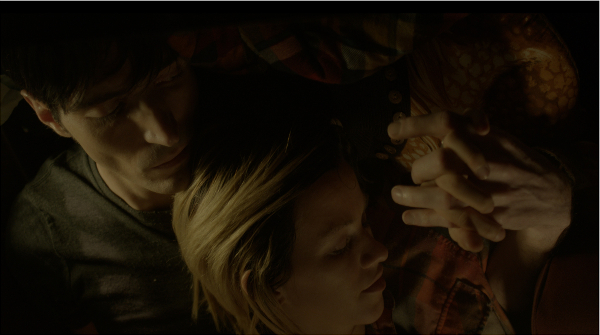
There is, however, an aspect of storytelling that I’m at odds with and haven’t found a peaceful resolution for myself. Both Animals and All Creatures Here Below deal with issues and themes that are intensely tied to my personal life. Although they are both entirely works of my imagination and fiction, the plot in Animals follows a couple who are homeless junkies in Chicago struggling to overcome their addiction to both drugs and one another. I’ve spoken at length about the fact that I was a homeless junkie in Chicago (among other places) and that my own personal battle with addiction was an influence on the film. It was terrifying at first. I knew, and was reminded, that once the film came out, people were going to start asking me, “So, where did this come from?” And on a warm day in Chicago, as I strolled down a street in Uptown, a reporter from the Chicago Tribune, Nina Metz, asked me, “So where did this come from?” And I just started talking.
Now here I am, several years later, on the cusp of the North American release of All Creatures Here Below by the Samuel Goldwyn Company. The questions are starting. “Where did this come from?” It’s 100 percent accurate that the plot and character ideas are thoughts that I’ve had for decades. It’s an amalgam of inspirations from some of the people I knew growing up, and my love of Kansas City, John Steinbeck and Terrence Malick. It’s a lot of things. However, it was not plot, story or location that forced my hand to the keyboard, but the revelation of years-buried abuse in my family at the hands of a very important person in our lives. The abuse was psychological, physical and sexual. It was something that hung over my tribe for decades and which every one of us dealt with through stealthy avoidance until … we couldn’t.
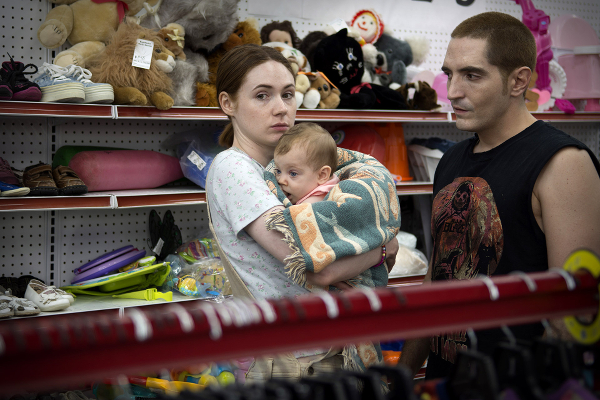
These events which affected me and my family stirred some of the most difficult questions my mortal mind has ever attempted to wrestle. The situation is ugly and sloppy and lacks the clarity of linear delineation the way you may expect. It also involves the personal experiences and journeys of people who have no interest in writing screenplays or telling stories. Where are the boundaries here and who determines them? I suppose I’m still determining them as I type.
I wrote the script for All Creatures Here Below in such a way that many of the most personal elements of my life were masked by contemporary American gothic twists, turns and characters drenched in a style and manner quite different from my own. The two focal characters, Gensan (who I play) and Ruby (Karen Gillan), are definitely based on several people I have known my whole life, but they are not me or my family. And yet there are the same razor-sharp lines of dialogue, plot revelations and circumstances which I knew would make some of the people I love most shudder with recognition. I reached out by telephone mostly and had conversations in which I forewarned family members (and others I knew who could potentially be emotionally slammed by the film) about what they would eventually see. It wasn’t as terrible as I thought it was going to be and yet … it certainly wasn’t simple.
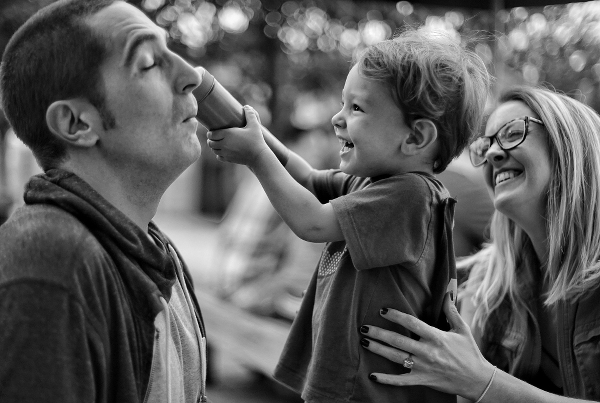
In the actual making of All Creatures Here Below, it’s important to note here that I did my best to avoid dwelling on the “real” elements of my life that motivated certain moments in the script and just set about making the clearest, most engaging and powerful scenes possible. I think if I’d dwelt upon some of the inspirations, I would have been useless in answering important questions from my director Collin Schiffli, or fulfilling any of the numerous technical and physical requirements of my character. I had been in Budapest working on Blade Runner 2049 when Collin and the team were selecting locations in Kansas City, so when we began production I was always excited to see which actual K.C. spot they had chosen for the scenes. There was one day in particular when I arrived for shooting at a location that (unbeknownst to the rest of the team) had been the site of one of the more traumatic and haunting afternoons of my childhood. In the scene, Gensan is driving Ruby down a long, empty road as the character confronts the most difficult choices of his life. I started shaking when I realized where we were going to shoot.
I took a walk, and thought about what it was that I needed to do that day. Was I on this remote and odd stretch of road in my hometown to work through some kind of psychotherapeutic healing? Was this the day when I would finally be able to let go of that dark cloud from my past? Was this my … I can stop right there. The answer was “no.” I was there to shoot a vital scene in our film and to deliver a performance that would best convey the written words of the script and manifest our director’s vision. Plain and simple. My work that day was about my scene partner, the crew and ultimately the audience. That’s where I landed. I got into the pick-up truck and began preparing the scene with Karen. Collin talked with us through his hopes for the scene tonally and with his cinematographer, Bongani Mlambo, about the shots that he needed. Mics were set, wardrobe and makeup were checked, the team got into place and the director Collin called,“Action!”
I don’t know if I will every derive any degree of “healing” from making movies and telling stories. What I’ve come to accept and embrace is that any personal themes I may have been processing during the writing are things I can speak about as openly as I choose when I’m promoting the film. I can talk about addiction, or abuse, or anything else, for that matter, and maybe someone reading or listening will hear something they needed to hear that day. Maybe they won’t give a shit but they’ll know a little more about our film. And hopefully if we do our jobs right, when they see the film, regardless of their own personal issues, demons, identity or mood at the time, they will feel a little less alone for a moment. That’s why I tell stories.


